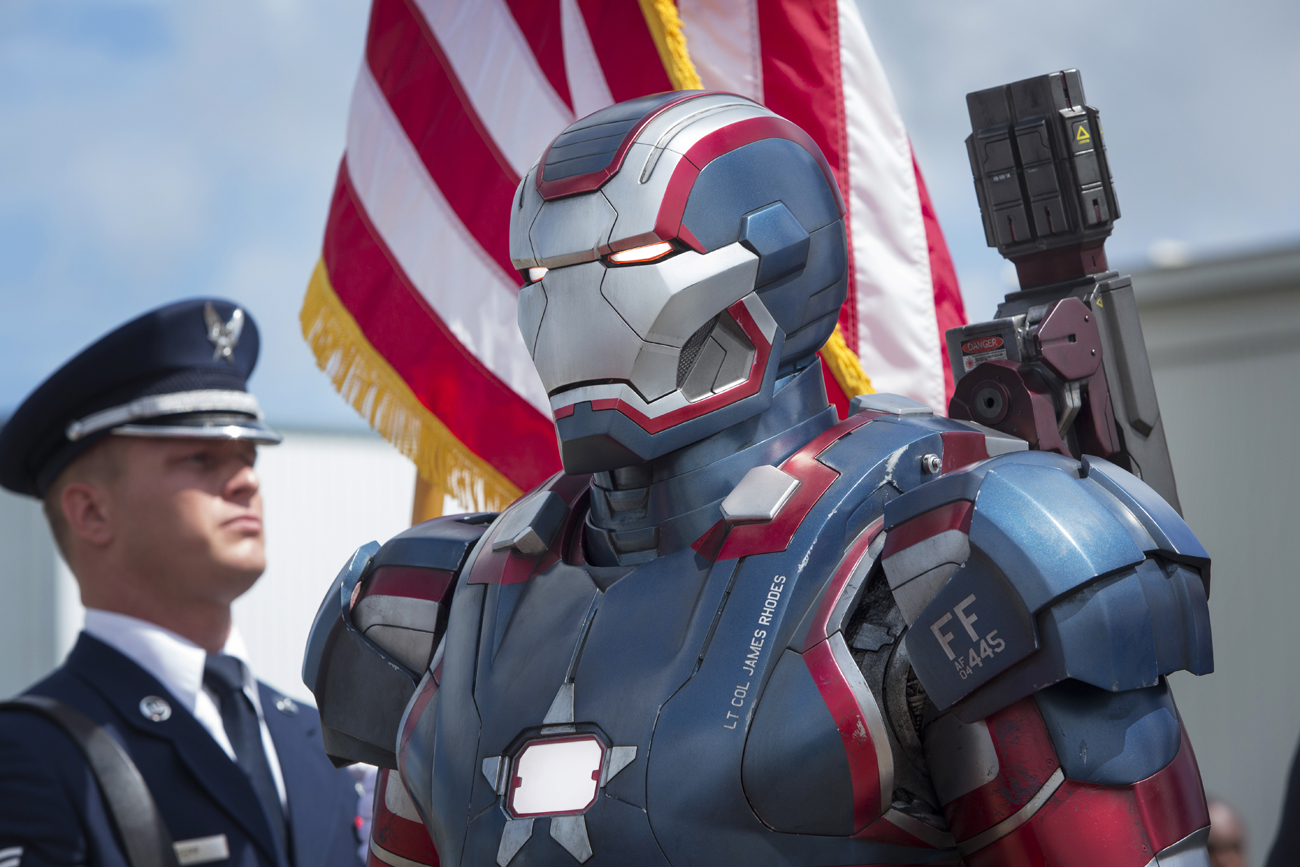If you like magic, then you’ll loathe Now You See Me, which has all the tenants of a great trick —
sleight of hand, misdirection, pandering to the audience, switcheroos, false
bottoms and lots of “abracadabra” — but without the most important part, a trick.
Lots of stage presence, lots of showmanship, lots of setup to the trick, but it
all leads to a hollow payoff.
It’s also a bossy little brat that keeps asking us to swallow plot
points so unbelievable that they’re magical in their own right. One scene in
particular seemed to be shooting for a world record for plot holes. The scene,
involving a stolen bank vault, asks us to believe way too much: that half a
billion dollars is stored in some random New York warehouse, it is guarded by a
single man, this man is apparently a janitor, no one notices the vault room is
suddenly half as long as it was, dozens of federal agents don’t walk to the end
of the room to notice a mirror trick, and that a senior FBI official could be
hypnotized to air-violin Beethoven’s Fifth mid-investigation. This scene is a
criminal offender of plausibility, but the whole movie is guilty.
What’s most frustrating is that Louis Leterrier (The Transporter, The Incredible Hulk) directs a slick production, with an abundance
of swoopy-spinny camera tricks that swirl around us, enveloping us in its
confident presentation. I would have preferred the cameras slow down a little,
but I appreciated the effort to jazz up the movement and I think audiences will,
too. Even the sets, from large Las Vegas
mega-venues to New York ’s
outdoor graffiti museum 5 Pointz, are visually unique and give the actors room
to play within the film’s world. It’s just too bad that the whole experience is
mired by a frustrating lack of purpose.
 The film begins with four performers: cardsharp Daniel Atlas
(Jesse Eisenberg), mentalist Merrit (Woody Harrelson), escape artist Henley
(Isla Fisher) and street magician Jack (Dave Franco, James’ brother). They’re
first seen doing their tricks to a variety of fist-bumping frat-bro crowds,
extras who were paid to look way too pleased with magic. A mysterious and
unseen figure teams them up to perform a series of epic magic stunts. Fast
forward a year and we see their first trick: they teleport a Frenchman from
The film begins with four performers: cardsharp Daniel Atlas
(Jesse Eisenberg), mentalist Merrit (Woody Harrelson), escape artist Henley
(Isla Fisher) and street magician Jack (Dave Franco, James’ brother). They’re
first seen doing their tricks to a variety of fist-bumping frat-bro crowds,
extras who were paid to look way too pleased with magic. A mysterious and
unseen figure teams them up to perform a series of epic magic stunts. Fast
forward a year and we see their first trick: they teleport a Frenchman from
They jet off to New
Orleans , with the FBI now in tow, for their next feat
involving bank accounts and Katrina victims. Characters played by Michael Caine
and Morgan Freeman also turn up, though the implications of their characters
are murky even up to the end. The big reveal at the end is the mystery magician
and this person’s ultimate motives, which are so muddled that the extensive
planning and execution of three brazen magic-crimes hardly seems worth the
trouble, especially considering that (slight spoiler alert) insurance companies
will replace money, bank accounts will be returned to their previous balances
and the FBI will never prosecute the film’s fall guy. It doesn’t really seem
worth the trouble.
Back to the magicians — and spoiler free from here on out — they
are a plucky bunch. Eisenberg does his motor-mouth shtick, but he’s on screen
so little that it doesn’t get annoying. A fan favorite will certainly be
Harrelson, who turns on his charm and blasts through some memorable Woodyisms.
He’s just so likable and funny that he could run away with the movie. Sadly,
though, Ruffalo runs away with the movie, but not because he’s earned that
right. We follow his FBI character more than the magicians; it’s a tedious
deviation away from the magic. Mélanie Laurent (Inglourious Basterds), playing an Interpol agent, joins the
already-too-large cast. She, like everyone else, is great, but I question why
so many people were needed for this convoluted, overly scheming plot.
Now You See Me is no Prestige, the pinnacle of magic movies,
but it certainly beats this year’s magic-dud The Incredible Burt Wonderstone. Most audiences will find Now You See Me to be a perfectly acceptable
movie. They won’t adore it, but they won’t hate it, either — they’ll be
pleasantly entertained. I found it to be too loud, too fast and too vacuous
with the mechanics of illusion. It’s magic on overdrive.























































